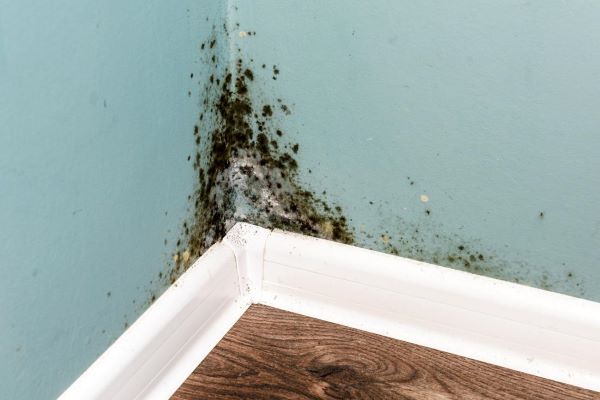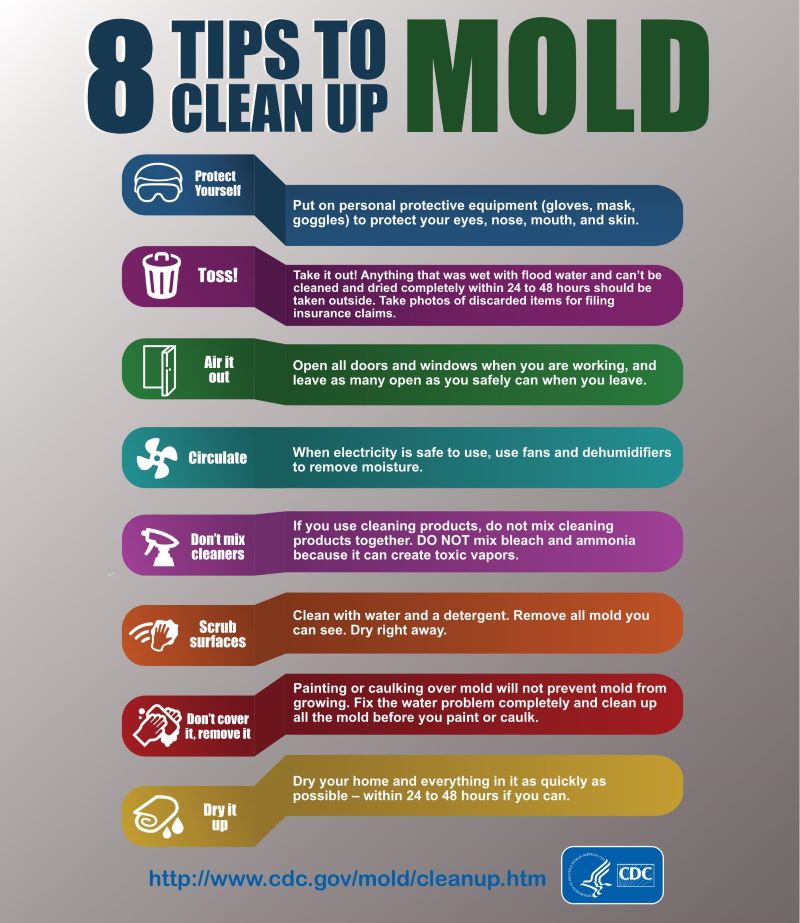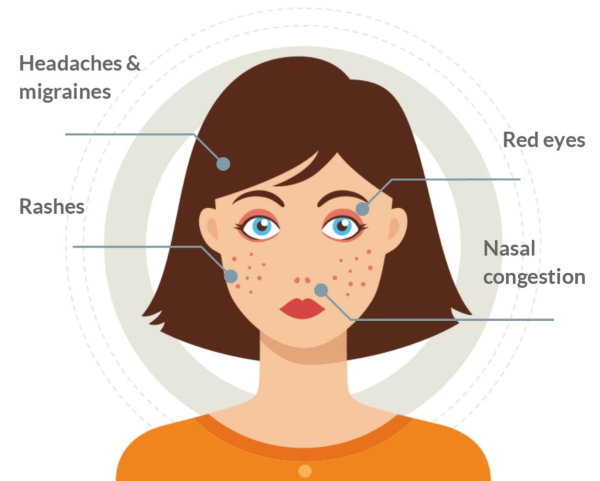Mold Prevention and Cleanup
Molds are a part of our natural environment and play a part in nature by breaking down things like fallen leaves and dead trees. Mold growth indoors should be avoided. There are many types of molds, and they all need water or moisture to grow. They reproduce by means of tiny spores that float through the air. Mold begins to grow indoors when mold spores land on surfaces that are wet. The key to mold control is moisture control.

Molds growing in your home can cause health problems. Molds produce allergens (substances that can cause allergic reactions, irritants, and in some cases, potentially toxic substances. Allergic reactions to mold are common and include symptoms such as sneezing, runny nose, red eyes, and skin rash. Molds can also cause asthma attacks in individuals with asthma. People with and without an allergy to mold can experience irritation in their eyes, nose, throat, lungs, and skin when exposed to mold.
While it is impossible to get of all mold and mold spores indoors, you can prevent it from growing by controlling the moisture in your home. If there is mold in your home, you must clean up the mold and fix the water problem. Mold damages everything it grows on, so the quicker you clean up the mold, the less damage it will cause.
If the mold grown covers less than about 10 square feet, you should be able to manage the clean up yourself.
•Fix any water problems you have as soon as possible and dry all items completely.
•Avoid exposing yourself to mold by wearing an N-95 mask, long gloves and goggles.
•Remove anything that was wet with flood water and can’t be cleaned or dried out completely within 24 to 48 hours.
•Open all doors and windows when you are working and leave them open for as long as you safely can when you leave.
•Do NOT mix cleaning products together, especially bleach and ammonia as it creates toxic vapors.
•Scrub mold off hard surfaces with detergent and water, dry completely.
•Do not paint or caulk over mold, that will not prevent mold from growing. Clean up the mold prior to painting or caulking.
•Absorbent materials such as ceiling tiles and carpet may need to be thrown away as mold in these items may be difficult or impossible to remove completely.

If there has been a lot of water damage, and/or mold growth covers more than 10 square feet, consult EPA’s Mold Remediation in Schools and Commercial Buildings. (Mold Remediation in Schools and Commercial Buildings Guide: Chapter 1 | US EPA) You can also choose to hire a contractor or other professional service provider to hand the cleanup. Make sure the contractor has experience in mold clean up. Check references and ask the contractor to follow the recommendations in the EPA’s guideline listed above or other guidelines from professional or government organizations.
If visible mold growth is present, mold testing or sampling is unnecessary in most cases. Surface sampling may be useful to determine if an area has been adequately cleaned. Sampling for mold should be conducted by professionals who have specific experience in designing mold sampling protocols, sampling methods and interpreting results. There is no EPA or federal limits set for mold or mold spores, so sampling cannot be used to check for building compliance with federal mold standards.
Mold test kits for surface sampling can be purchased at Amazon, Lowes, Home Depot, Walmart and/or other hardware and home improvement stores.

